All About Hamantaschen
The Jewish holiday of Purim celebrates God's deliverance of the Jewish people through Queen Esther despite Haman's nasty plot to destroy them.
You may have noticed these triangular-shaped pastries at your local bakery or grocer. So what are hamantaschen and why are they considered to be the pastry to eat at Purim?
Hamantaschen have been around for around 500 years (at least) and originated in Europe. They are circular pastries with their sides folded in, packed with a delicious filling. Fillings range from poppy seed to plum to cheese to chocolate to cream . . . just to name a few! Traditionally, hamantaschen were sweet, although in the modern age bakers are becoming more and more creative with filling combinations - both sweet and savory.
So why the name hamantaschen? “Tash” in Yiddish means “pockets,” so the most common belief is that the pastries are named after “Haman’s pockets,” symbolizing the money that Haman offered to King Ahasuerus in exchange for permission to destroy the Jewish people (Esther 3:9).
In Israel, the pastries are called oznei Haman, or Haman’s ears. This is derived from a Midrashic statement that described Haman as oznayim mekutafot which was a figurative phrase for “bent over and shamed.” However, the phrase was mistranslated and misunderstood to have meant Haman had “clipped ears.” This is also one explanation for their triangular shape.
Another explanation for the triangular shape is that it represents Haman’s three-cornered hat (although it is unlikely he actually had a hat of this sort).
Despite the above theories as well as several others, some claim that the shape of hamantaschen is simply due to traditional Jewish baking techniques in Central Europe at the time they became popular.
Regardless of the multiple theories regarding the name and shape of hamantaschen, it seems that everyone can agree on one thing - that they are the perfect delectable treat to accompany Purim Festivities!
To learn more about Purim, click HERE.

